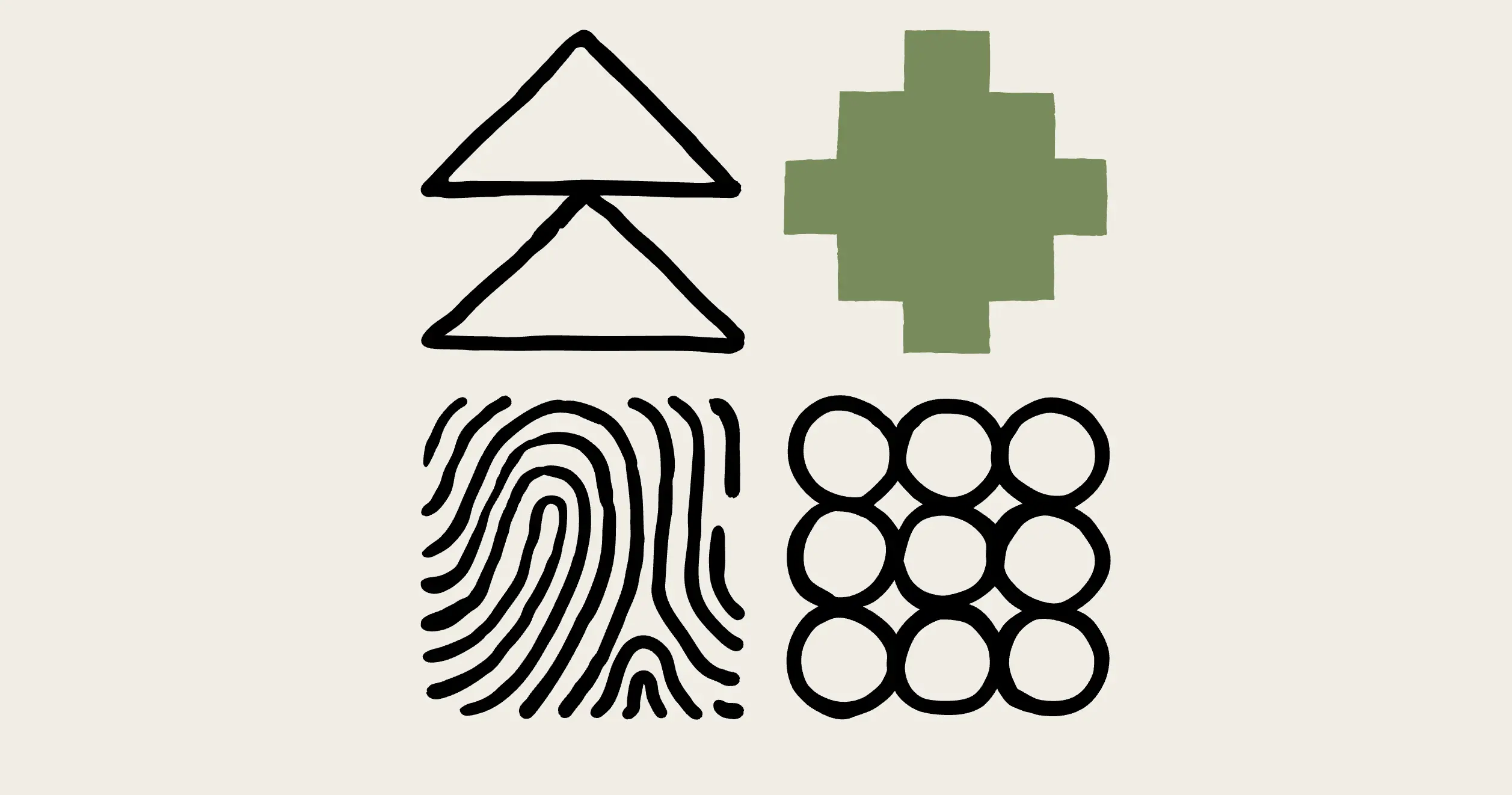UX/UI for Telemedicine – How to Make an App Accessible to All Patient Groups
Updated on
Published on

Telemedicine is more than a convenience – it saves time, eases clinic workloads, and brings medical care to remote areas. But one weak link – a poor interface – can erase all technological advantages. Patients of all ages, with different levels of digital literacy and physical abilities, must be able to use the app without effort.
Good UX/UI design in telemedicine isn’t about “beauty.” It’s about being clear, safe, and barrier-free. This article explains how to design interfaces that work for everyone – from young users to elderly patients with visual impairments.

Understanding the User: Who Is Your Patient
Every telemedicine app starts not with code, but with understanding the people who will use it. Telemedicine users are diverse – from students booking online consultations to older adults who struggle with smartphones. One interface must serve all.
A designer should ask:
- Who exactly will use the app?
- In what emotional state – calm or stressed?
- What physical or cognitive limitations may affect interaction?
Older users need larger fonts, high contrast, and simple navigation. Younger users expect flexibility and speed. The designer must balance simplicity with function so that no group feels excluded.
This stage directly connects to product design. When planning functionality, it’s crucial to identify key features. The article MVP features for telemedicine applications explains which features to include in an initial version to meet patients’ real needs.
Accessibility as the Foundation of UX
Accessibility isn’t optional – it’s the foundation of telemedicine UX. The app must serve users with perfect vision as well as those with motor or cognitive limitations. A poor interface can lead not just to frustration but to medical errors.
To build an inclusive product, follow WCAG (Web Content Accessibility Guidelines). But instead of theory, apply specific rules.

Simple rule: if it’s usable one-handed or with eyes half-closed, it’s good UX. Telemedicine interfaces must survive real-life tests – shaky hands, anxiety, or poor lighting.
Minimal Interface: Simplicity Builds Trust
A telemedicine app should never make users think. In stressful moments, patients seek reassurance, not features. Each extra element adds noise and reduces trust.
Rule: fewer clicks, more clarity. Users must instantly know how to book or start a consultation. Overloaded menus or decorative visuals turn a tool into a maze.
Tips:
- Focus on one main action per screen.
- Remove any decorative element without purpose.
- Use clear action buttons (“Book Appointment,” “Start Call”).
- Maintain visual hierarchy – big for main, small for secondary.
Telemedicine needs not beauty, but calm predictability. Simplicity is not compromise – it’s reliability when care is urgent.
Emotional UX: Trust Through Visual Tone
Telemedicine is about emotion as much as function. Patients seek care, not software. Design must calm and reassure.
Emotional UX rests on three pillars:
- Color atmosphere. Soft tones (blue, green, white) convey calmness and hygiene. Harsh colors raise anxiety.
- Tone of voice. Interface text should sound human: “Your doctor will join soon,” not “Connection pending.”
- Visual accents. Doctor portraits and friendly illustrations humanize the experience.
Trust grows not from technology but from tone and empathy. A calm, predictable interface builds patient confidence in both the system and the doctor.
Personalization and Context
Telemedicine UX must adapt to each user’s context. One patient connects from a laptop, another from a small smartphone, another mid-commute on a tablet.
Key points:
- Responsive layout – adjust to screen size.
- Interaction history – remember past doctors and prescriptions.
- Contextual notifications – timely, non-intrusive reminders.
Good UX anticipates behavior. It guides, not dictates. It supports without distraction – making telemedicine part of everyday life.
Testing With Real Users
Designers can’t predict every scenario. Real patients reveal where the interface fails. Testing must be continuous.
Practical steps:
- Run usability tests across age groups.
- Watch where users hesitate or get lost.
- Gather feedback through analytics and observation.
- After each test, fix friction points before adding features.
Small, user-driven adjustments often outperform full redesigns. Real users are the only reliable compass.
Security and Transparency
In healthcare, trust equals security. UX must make protection visible and understandable. If patients don’t know how their data is handled, they’ll abandon the app.
Core principles:
- Clearly explain what data is collected and why.
- Add visual cues (lock icon, encryption notice).
- Give users control over deleting or limiting access.
Transparent UX reduces anxiety. When users feel safe, they stay.

Conclusion
Accessibility in telemedicine UX isn’t charity – it’s a professional standard. Apps that are usable, secure, and predictable become digital extensions of clinics.
The main goal of design is to remove friction between patient and doctor. Clarity, empathy, and respect for context make telemedicine humane.
Such an app not only delivers care but also builds trust – the foundation of all medicine, digital or not.







